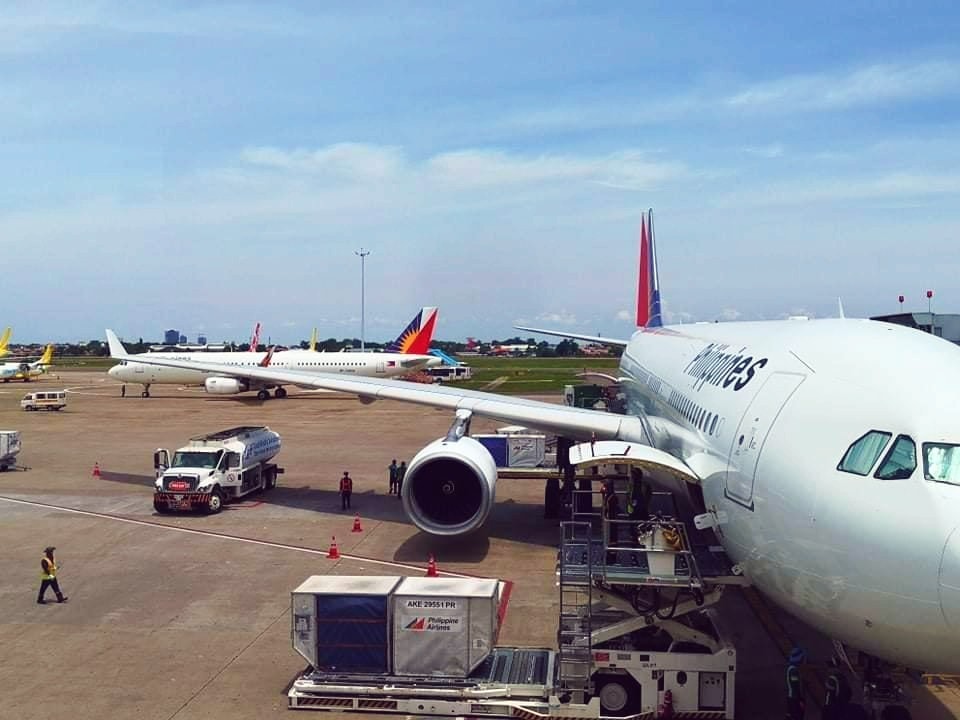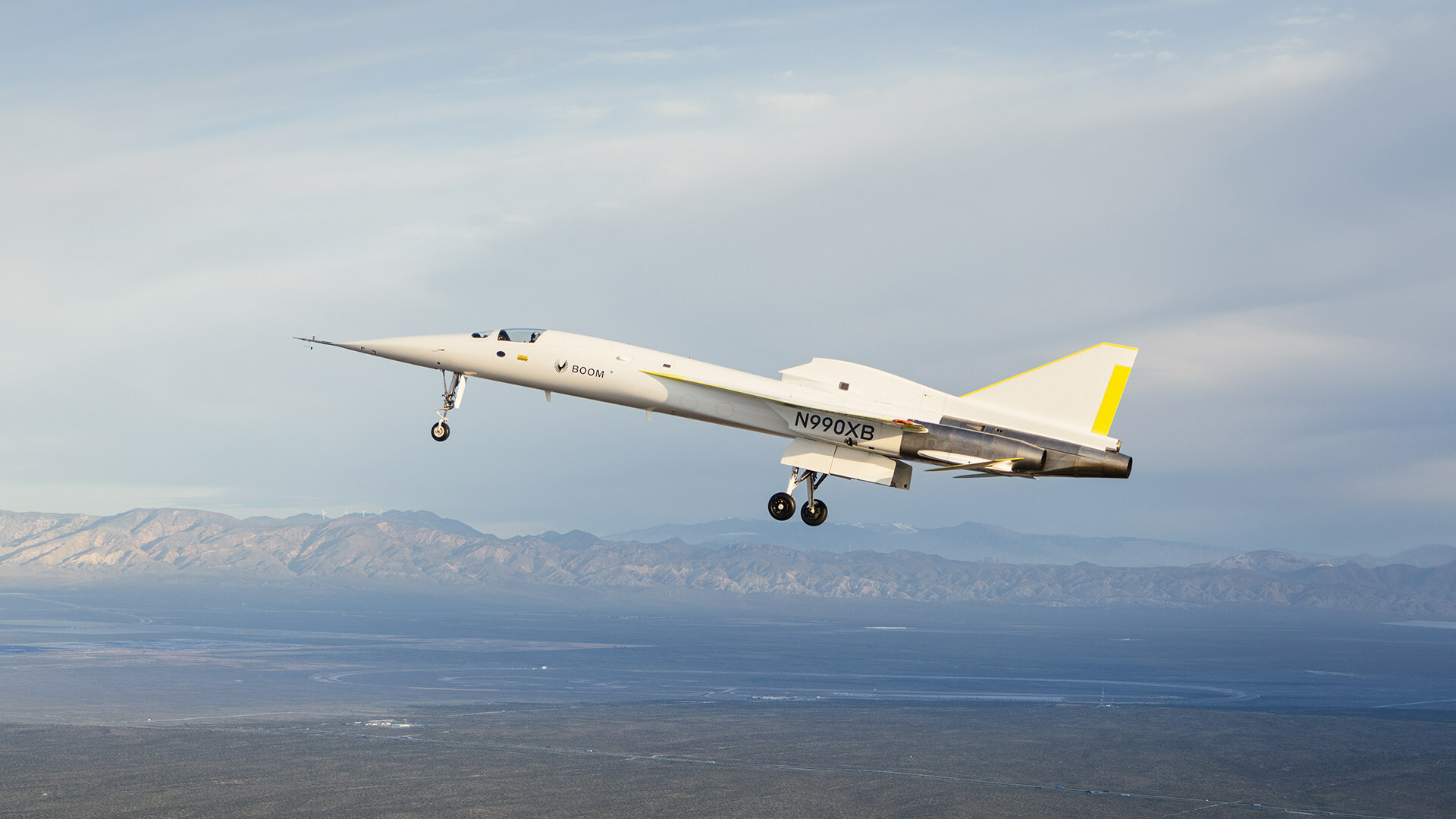In a significant step towards reviving supersonic commercial air travel, Boom Supersonic successfully conducted the inaugural flight of its XB-1 demonstrator aircraft on March 22, 2024 at the Mojave Air & Space Port in California.
The XB-1, dubbed the “world’s first independently developed supersonic jet,” took to the skies in the same airspace where historic aircraft like the Bell X-1 and Lockheed SR-71 Blackbird made their maiden flights. During the test, the aircraft reached an altitude of 7,120 feet and a top speed of 273 mph (238 knots), meeting all its objectives.
“Today, XB-1 took flight in the same hallowed airspace where the Bell X-1 first broke the sound barrier in 1947,” said Blake Scholl, founder and CEO of Boom Supersonic. “I’ve been looking forward to this flight since founding Boom in 2014, and it marks the most significant milestone yet on our path to bring supersonic travel to passengers worldwide.”
The XB-1 program serves as a foundation for Boom’s development of the Overture supersonic airliner, which is designed to carry 64-80 passengers at Mach 1.7 (around twice the speed of current airliners). The company has secured a substantial orderbook of 130 aircraft to date, including firm orders and pre-orders from major airlines.
In 2017, Japan Airlines placed pre-orders for 20 Overture jets and invested $10 million towards the revival of supersonic air travel. United Airlines followed in 2021 with an order for at least 15 jets and options for 35 more. American Airlines joined in 2022, ordering 20 of the supersonic airliners. However, the Virgin Group, which had initially placed 10 options for Overture, has since withdrawn without an official statement.
“Everyone on the XB-1 team should be incredibly proud of this achievement,” said Bill “Doc” Shoemaker, Boom’s Chief Test Pilot. “The experience we have gained in reaching this milestone will be invaluable to Boom’s revival of supersonic travel.”
Key innovations validated by the XB-1 flight include an augmented reality vision system for improved runway visibility, digitally-optimized aerodynamics, extensive use of lightweight carbon fiber composites, and specialized supersonic engine intakes.
While the Concorde was retired two decades ago, Boom aims to bring back mainstream supersonic travel with the Overture, which will be optimized for speed, safety, and sustainability. The company plans for the airliner to run on up to 100% sustainable aviation fuel.
Industry experts view the successful XB-1 test as an encouraging sign for Boom’s ambitious supersonic passenger jet program, which could potentially revolutionize long-haul air travel if it comes to fruition.


























Leave a comment